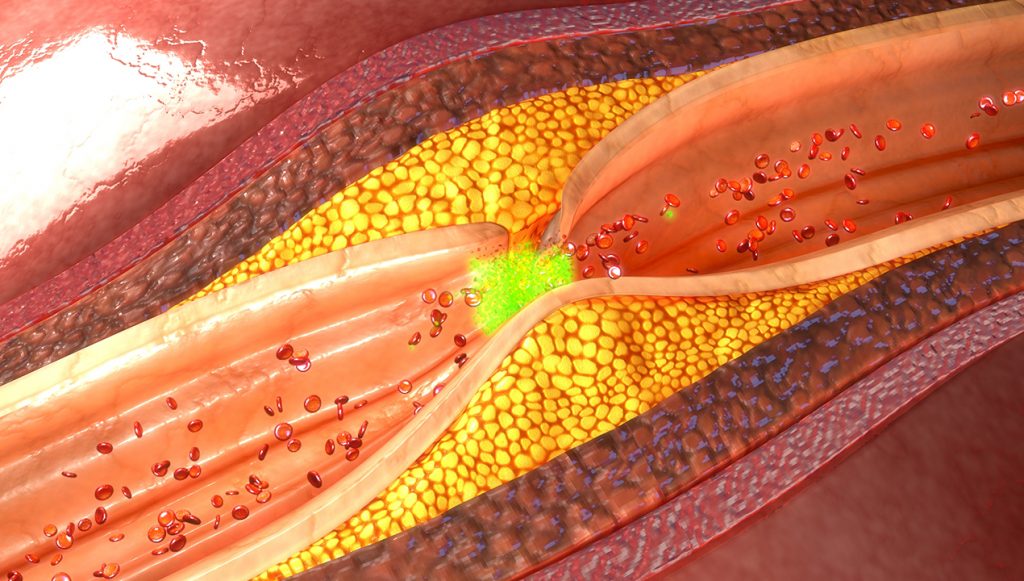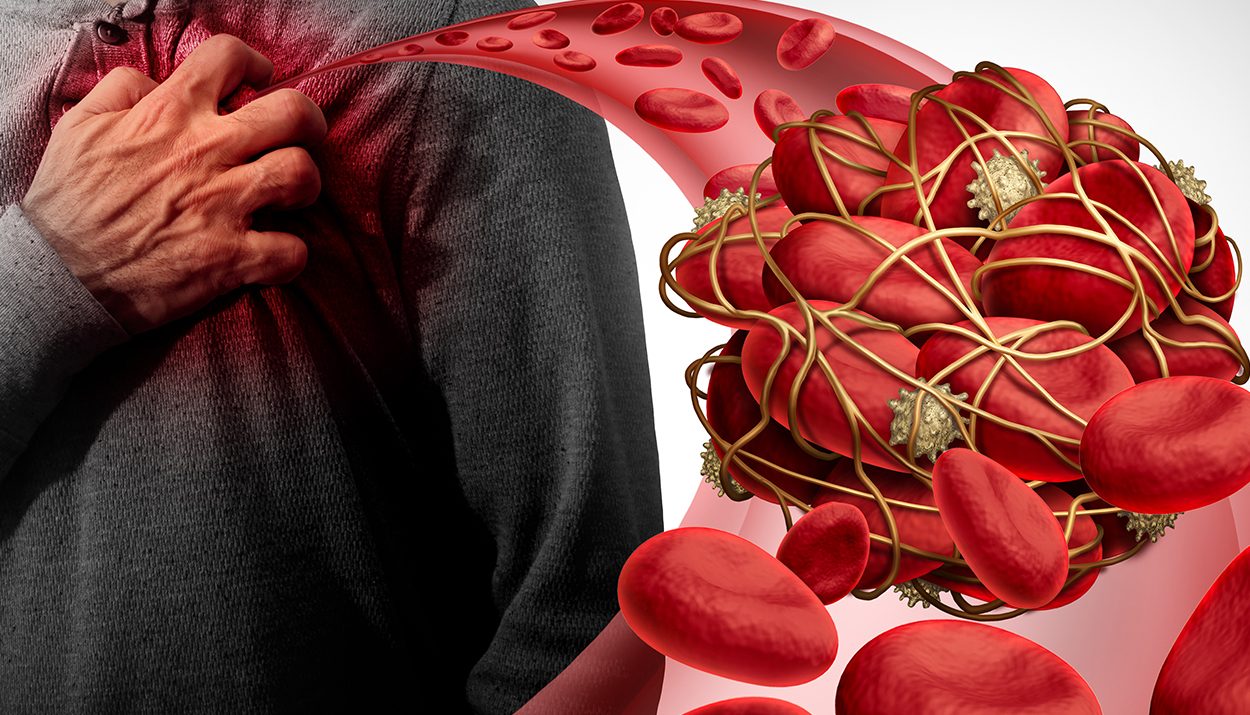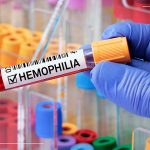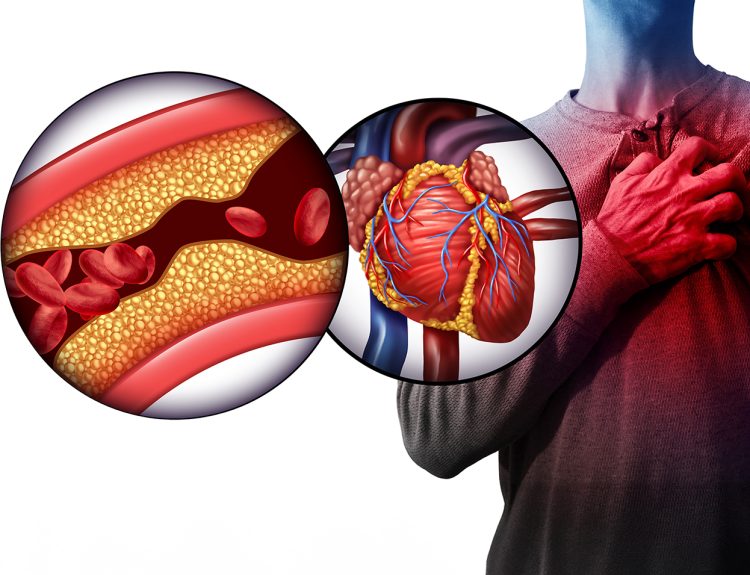Thrombolytic therapy is undeniably crucial in the medical management of acute ischemic stroke. However, a recent survey carried out by MDForLives among Cardiologists has brought to the fore a disconcerting revelation. Despite an impressive 96% of cardiologists attesting to their comprehensive training in this essential intervention, a significant disparity exists between the theoretical expertise they possess and the practical execution of this therapy in clinical settings. This disconnect raises pertinent questions about the hurdles hindering the seamless translation of knowledge into real-world application within the field of acute ischemic stroke treatment.

This anomaly is not a trivial statistical anomaly but a profound divergence between knowledge acquisition and its translation into clinical practice. It prompts an inquiry into the underlying complexities and obstacles hindering the seamless incorporation of this life-saving treatment into the immediate care protocol for acute ischemic stroke patients.
For a comprehensive understanding of thrombolytic therapy’s role in treating ischemic stroke patients and insights into how Cardiologists view the administration of this therapy, continue reading this blog for an in-depth exploration.
Introduction to Thrombolytic Therapy

Thrombolytic treatment, also called fibrinolytic therapy, works by dissolving dangerous clots inside blood vessels to prevent damage caused by reduced blood flow. When our body gets hurt, it creates clots to stop bleeding. But sometimes, clots form inside blood vessels when they shouldn’t, blocking blood flow. This can happen due to certain health conditions or genetics, leading to clots that can cause problems like – completely blocking arteries or traveling through blood vessels, causing issues in other parts of the body.
Thrombolytic therapy is used in situations where these clots cause serious health problems such as:
- Acute Ischemic Stroke (AIS)
- Acute Myocardial Infarction (AMI)
- Deep Vein Thrombosis (DVT)
- Pulmonary Embolism (PE)
- Acute Peripheral Arterial Occlusion
- Occlusion of Indwelling Catheters
- Intracardiac Thrombus Formation
- Severe Frostbite (off-label use)
Cardiologists’ Proficiency in Thrombolytic Therapy Administration
Our recent research unveils that a vast majority of Cardiologists have specialized training in administering thrombolytic or fibrinolytic therapy. This essential intervention is key in managing critical cardiovascular emergencies such as acute ischemic stroke or heart attacks resulting from blockages caused by blood clots in vessels.
This high percentage signifies a profound level of expertise and proficiency within the Cardiology field. It reflects extensive education, hands-on training and continuous professional development undertaken by these medical specialists. This training encompasses a comprehensive understanding of thrombolytic medications, their mechanisms of action, appropriate dosages and the critical timing required for their administration in emergency scenarios.

The training received by these Cardiologists goes beyond theoretical knowledge; it involves practical skills honed through simulations, clinical rotations and real-world scenarios. It equips them to make swift and accurate decisions regarding the use of thrombolytic therapy, considering various factors such as patient-specific risks, benefits and potential contraindications.
Moreover, this specialized training empowers Cardiologists to not only identify suitable candidates for this therapy but also to efficiently monitor patients post thrombolytic therapy, ensuring optimal outcomes while minimizing risks. Their expertise in managing thrombolytic/fibrinolytic therapy contributes significantly to the timely restoration of blood flow, thereby mitigating the severity of cardiac events and potentially saving lives.
Thrombolytic Therapy: It’s Utilization by Cardiologists

Surprisingly, even though a vast majority of Cardiologists receive extensive training in thrombolytic or fibrinolytic therapy, only a mere 33% actually put this highly effective intervention into practice, notably in acute ischemic stroke treatment. This concerning disparity sheds light on an alarming underutilization of a treatment renowned for its versatility in addressing severe clot-related medical emergencies ranging from pulmonary embolism to managing issues with catheters, dialysis fistulas and surgical bypasses.
The glaring gap between the number of trained professionals and the actual application of thrombolytic therapy for acute ischemic stroke, calls for immediate attention. Despite its proven efficacy and wide-ranging potential, the stark underutilization of thrombolytic therapy across various medical specialties indicates an urgent need to bridge this chasm. Maximizing the use of this effective intervention stands as a pivotal opportunity to enhance patient care and improve outcomes in critical medical situations.
What Happens Post Thrombolytic Therapy?
Post thrombolytic therapy, patients need careful monitoring and care for recovery. Surprisingly, only 37% of Cardiologists check in with patients every day after this treatment.

Checking in daily helps catch any issues early and ensures patients are recovering well. But with so few Cardiologists doing this daily, there’s a gap in taking care of patients after treatment. Not checking regularly might mean missing problems that could affect how well patients recover.
It’s important for Cardiologists to check in more often after thrombolytic therapy for acute ischemic stroke treatment. Doing this could help patients recover better and avoid complications.
Conclusion

The significant gap between the extensive training Cardiologists undergo in thrombolytic therapy and its limited utilization for acute ischemic stroke treatment poses a critical concern. Immediate actions aimed at breaking down barriers and promoting the effective application of this therapy are essential to guarantee superior ischemic stroke patients care and improve overall outcomes. It’s time to bridge this divide for the sake of better healthcare for all.
Healthcare professionals aspiring to make a significant impact in the healthcare sector are invited to join MDForLives. Participate in paid medical surveys that play a crucial role in influencing healthcare innovation. You can also actively engage in our dynamic discussion forums and informative webinars, while contributing valuable expertise through insightful blogs and impactful case studies, fostering essential conversations that drive positive changes in healthcare.
References:
Cardiology, MDFL Survey Data
- Thrombolytic Therapy
www.ncbi.nlm.nih.gov - Fibrinolytic (Thrombolytic) Therapy
www.my.clevelandclinic.org

The creative force behind the keyboard, Pallabi crafts narratives of healthcare wonders and research marvels. As a seasoned professional blogger, she ventures to unearth the riches of medical innovation, weaving them into insightful stories that educate.






